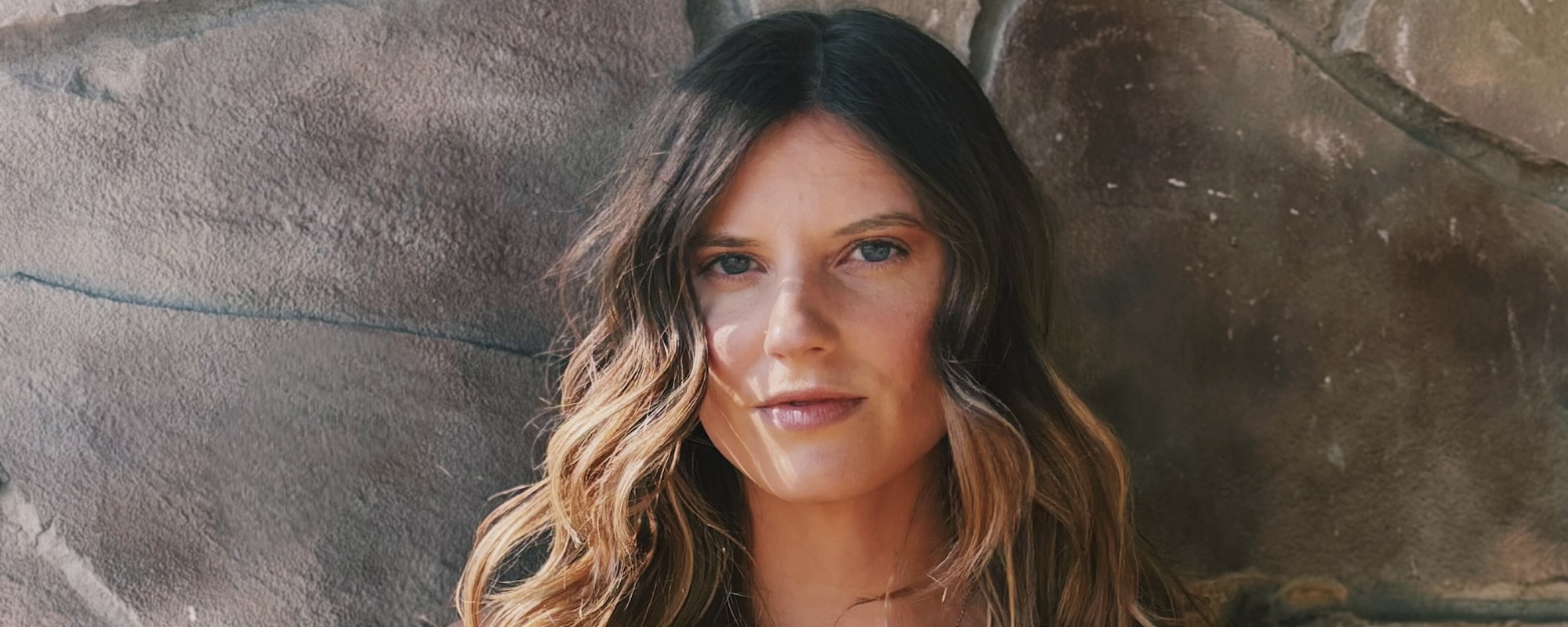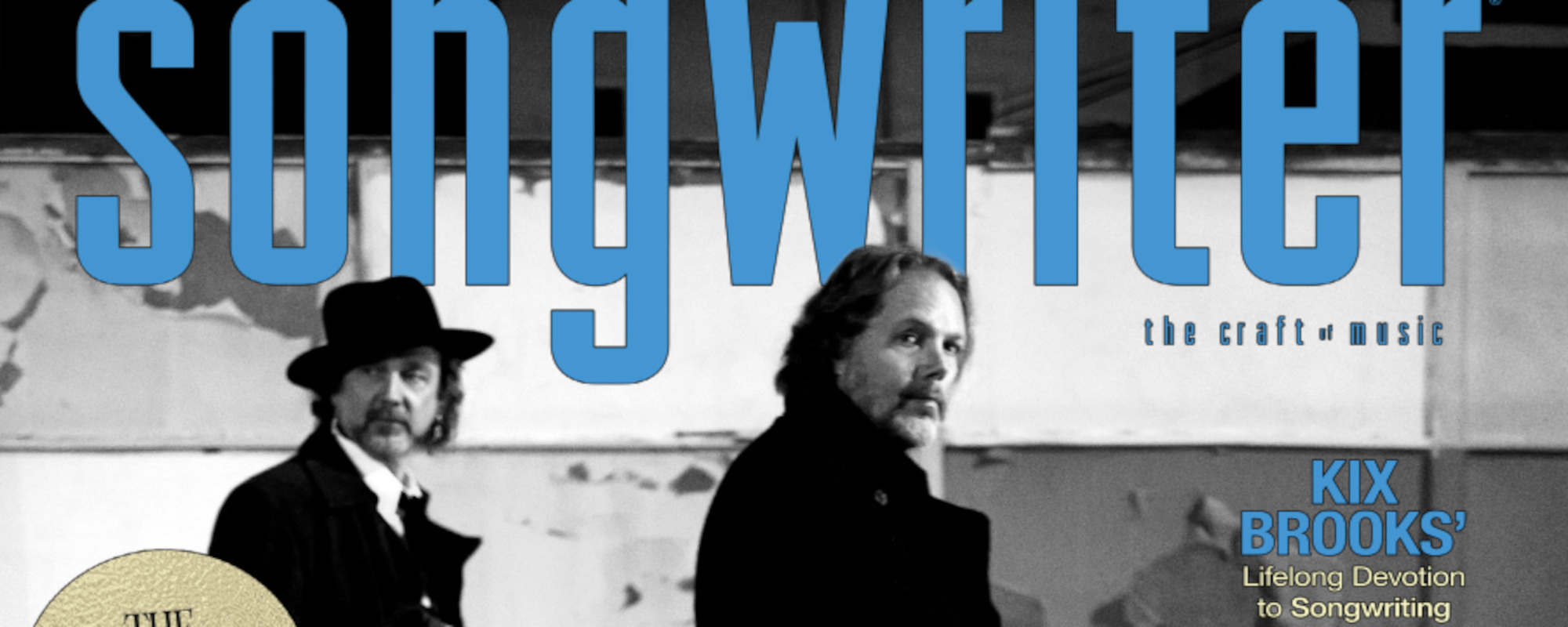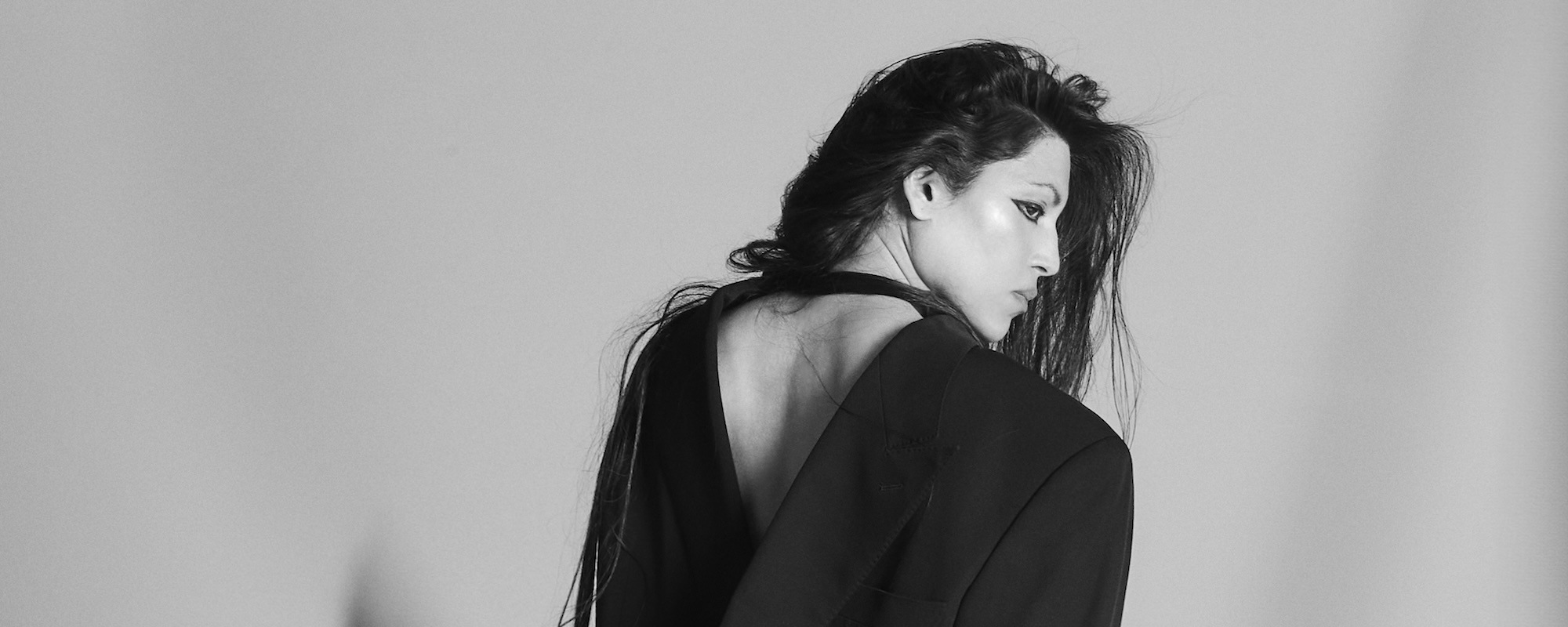Cory Henry was all set to tour with Lenny Kravitz earlier this year, but the coronavirus pandemic put an abrupt end to that dream gig. The keyboardist, composer and bandleader figured he could recapture some of that magic he lost from not going on the road by immersing himself into making his sophomore solo effort, Something to Say.
Videos by American Songwriter
“I just wanted to conjure up something that could speak to a few other things,” Henry, who leads his ensemble, the Funk Apostles, said via Zoom. “With music, there’s up and downs across the board, and I just wanted to wrap it up in a very nice way.”
The 11 tracks on Something to Say all fall under what Henry calls “future soul,” a groove-heavy fusion of funk, gospel, blues, jazz, and R&B the 33-year-old Brooklyn, N.Y. native builds from either a Hammond B-3 organ, Moog synthesizer or harpejji.
Something to Say owes its malleable arrangements and springy musical textures to the Grammy-winning keyboard virtuoso’s musical heroes like Stevie Wonder, George Duke, Ray Parker, Jr. and Raydio, Prince and Herbie Hancock. Henry’s lyrics explore themes like lust (“Gawtdamn”), heartbreak (“Switch”), antiwar (“No Guns”), acknowledging the numerous Black lives killed by police officers (“Say Their Names”), perseverance (“Don’t Forget”), and embracing his racial identity despite systemic injustice (“Black Man”).
Henry, a former member of Snarky Puppy, gave the proceeds from his pulsating single, “Rise,” to social justice organization Color of Change. The instrumentalist responsible for First Steps and Art of Love was inspired to write “Rise” after watching clips of marches and peaceful demonstrations from the ‘60s.
“We are in that type of energy right now,” Henry said. “I want my music to affect change and to connect with what’s going on the streets. When people are writing from an innocent place, they write differently, and it’s nice to see what comes out of that place.”
Making Something to Say came with its own series of creative and life changes over a two-year span. Henry moved from New York to Los Angeles, For the first time in his career, the organist held sessions virtually with his engineer. Tragically, the meticulous musician’s hard drive with songs from his sessions with his band were stolen from his vehicle.
For a while, Henry didn’t think he would release Something to Say. He gradually got his mojo back: creating whenever inspiration would hit him.
“The versions didn’t seem like they were getting better, and I had to start back at ground zero again and recall the things that were good about the songs I was writing,” he said. “It took so much time to get back to that place.”
Playing with his new four-month-old puppy, Lingus, the entire conversation, Henry applies the same patience he’s developed from caring for his “little baby” to his creative process.
“I’m really inspired when my vibe is right,” Henry adds. “It’s important to have good smells and scenery. Playing the keyboard is the easy part; it’s how you feel when you’re doing it and the emotion you get from it. My soul has to be in a good place.”
The last 15 years has allowed Henry to provide musical accompaniment to various talents such as Bruce Springsteen, Robert Randolph, The Roots, Marcus Miller, Kirk Franklin, Boyz II Men, Michael McDonald, Ty Dolla $ign and Yolanda Adams. Not being in a different city with one of his musical peers these days has been an adjustment for Henry.
Henry kicked off the release of Something to Say with a livestream concert on Halloween. The down time is a reset, he says, to appreciate the simple pleasures in life.
“Touring has taken a lot of things away from me,” Henry said. “My family is moving on through life, and I be missing it, weddings, graduations and funerals. It’s not too bad because I started doing things I wanted to do at home like play 2K for two months straight.”








Leave a Reply
Only members can comment. Become a member. Already a member? Log in.